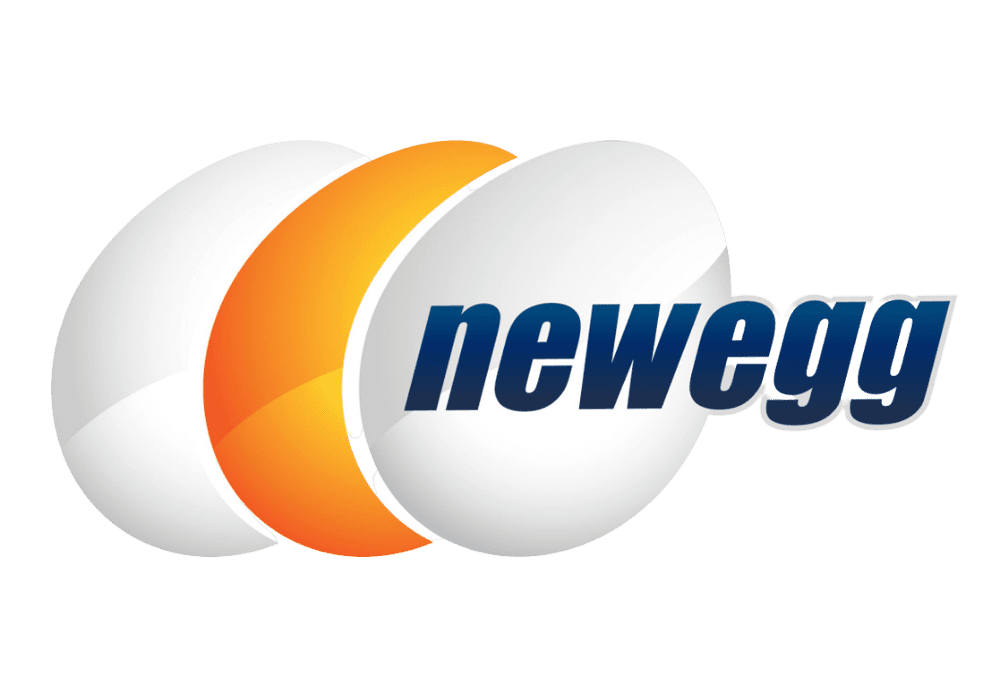In the ever-evolving landscape of backend development, choosing the right framework can significantly impact your project’s performance, scalability, and maintainability. This blog post will compare seven popular backend frameworks: C# (.NET), Python (FastAPI), Node.js (Express), Go (Gin), Rust (Rocket), C++ (Pistache), and Java (Spring). Each of these frameworks has its strengths and weaknesses, making them suitable for different types of applications. Let’s dive into the details.
Comparison Table – Backend Framework
| Feature | C# (.NET) | Python (FastAPI) | Node.js (Express) | Go (Gin) | Rust (Rocket) | C++ (Pistache) | Java (Spring) |
|---|---|---|---|---|---|---|---|
| Performance | High | High | High | High | Very High | Very High | High |
| Scalability | Excellent | Good | Good | Excellent | Excellent | Excellent | Excellent |
| Ease of Use | Moderate | High | High | Moderate | Moderate | Low | Moderate |
| Tooling | Excellent | Moderate | Good | Moderate | Moderate | Good | Excellent |
| Community | Strong | Growing | Strong | Growing | Growing | Moderate | Strong |
| Learning Curve | Steep | Moderate | Low | Moderate | Steep | Steep | Steep |
| Best For | Enterprise applications | High-performance APIs | Real-time applications | Microservices | High-performance web services | High-performance computing | Enterprise applications |

C# (.NET)
Overview – backend framework comparison
.NET is a versatile framework developed by Microsoft. It’s widely used for building robust and scalable web applications, APIs, and microservices. .NET supports multiple languages, but C# is the most commonly used.
Pros
- Performance: .NET Core, the cross-platform version, is known for its high performance and efficient memory management.
- Scalability: Excellent for large-scale enterprise applications.
- Tooling: Rich ecosystem with powerful tools like Visual Studio.
- Support: Strong community and extensive documentation.
- Cross-Platform: Runs on Windows, Linux, and macOS.
Cons
- Complexity: Can be overwhelming for beginners due to its comprehensive feature set.
- Microsoft Dependency: Strong ties to the Microsoft ecosystem.
Use Cases
- Enterprise applications
- Large-scale APIs
- High-performance web applications

Python (FastAPI)
Overview – backend framework comparison
FastAPI is a modern, fast (high-performance), web framework for building APIs with Python 3.6+ based on standard Python type hints. It is known for its simplicity and speed.
Pros
- Performance: High performance due to ASGI support and asynchronous capabilities.
- Modern Features: Type hints, automatic interactive API documentation (Swagger UI and ReDoc).
- Ease of Use: Simple and intuitive, leveraging Python type hints.
- Scalability: Suitable for handling large-scale applications when combined with proper infrastructure.
Cons
- Maturity: Relatively new, fewer third-party extensions compared to older frameworks.
- Learning Curve: Understanding asynchronous programming can be challenging for beginners.
Use Cases
- High-performance APIs
- Real-time applications
- Microservices

Node.js (Express)
Overview – backend framework comparison
Node.js, built on Chrome’s V8 JavaScript engine, allows developers to use JavaScript for server-side programming. Express is a minimal and flexible Node.js web application framework.
Pros
- Performance: Non-blocking, event-driven architecture makes it suitable for I/O-heavy applications.
- JavaScript: Allows full-stack development with a single language.
- NPM Ecosystem: Rich library of modules and packages.
Cons
- Callback Hell: Can lead to complex code due to nested callbacks, although promises and async/await help mitigate this.
- Single-Threaded: Not suitable for CPU-intensive tasks.
Use Cases
- Real-time applications (chat, gaming)
- Single-page applications (SPAs)
- APIs

Go (Gin)
Overview – backend framework comparison
Go, developed by Google, is known for its simplicity and performance. Gin is a high-performance framework for building web applications and microservices in Go.
Pros
- Performance: Compiled language with excellent performance and low memory footprint.
- Concurrency: Built-in support for concurrent programming with goroutines.
- Simplicity: Clean and straightforward syntax.
Cons
- Standard Library: Limited standard library compared to other languages.
- Verbose: More verbose than dynamically typed languages.
Use Cases
- Microservices
- High-performance APIs
- Real-time systems

Rust (Rocket)
Overview – backend framework comparison
Rust is a systems programming language focused on safety and performance. Rocket is a web framework for Rust that emphasizes ease of use without sacrificing performance.
Pros
- Safety: Memory safety guarantees with zero-cost abstractions.
- Performance: Comparable to C and C++.
- Concurrency: Excellent support for concurrent programming.
Cons
- Learning Curve: Steeper learning curve due to its strict compiler and advanced features.
- Maturity: Still maturing with fewer libraries and tools compared to older languages.
Use Cases
- High-performance web services
- Systems programming
- Real-time applications

C++ (Pistache)
Overview – backend framework comparison
C++ is a powerful, high-performance language often used for systems programming. Pistache is a modern C++ framework for building REST APIs.
Pros
- Performance: Excellent performance and low-level memory control.
- Control: Fine-grained control over system resources.
- Ecosystem: Extensive libraries and tools.
Cons
- Complexity: Steep learning curve and complex syntax.
- Safety: Lack of built-in memory safety features compared to Rust.
Use Cases
- High-performance computing
- Systems programming
- Real-time applications

Java (Spring)
Overview – backend framework comparison
Spring is a powerful, feature-rich framework for building enterprise-level applications in Java. It’s widely used for creating robust and scalable web applications, microservices, and APIs.
Pros
- Comprehensive: Provides a wide range of features including dependency injection, security, and data access.
- Scalability: Excellent for large-scale enterprise applications.
- Community: Strong community and extensive documentation.
- Integration: Easy integration with various tools and technologies.
Cons
- Complexity: Can be overwhelming for beginners due to its extensive feature set.
- Configuration: Requires significant configuration, although Spring Boot simplifies this.
Use Cases
- Enterprise applications
- Large-scale web applications
- Microservices
👀 Interested in a great read? You NEED to check this out!
Conclusion
Choosing the right backend framework depends on your project’s specific needs and your team’s expertise.
- C# (.NET) is ideal for enterprise applications requiring robustness and scalability.
- Python (FastAPI) offers simplicity, modern features, and high performance for APIs and real-time applications.
- Node.js (Express) excels in real-time applications and full-stack JavaScript development.
- Go (Gin) provides high performance and simplicity, making it suitable for microservices and real-time systems.
- Rust (Rocket) combines safety and performance, ideal for high-performance web services.
- C++ (Pistache) offers unmatched performance and control, best for high-performance computing and systems programming.
- Java (Spring) is perfect for enterprise-level applications and large-scale web applications requiring robust features and scalability.
Evaluate the trade-offs and choose the framework that aligns best with your project goals and development team’s skills.
🤯 Looking for the perfect keyboard to elevate your coding experience? This is a MUST read for you! Elevate Your Developer Setup with the Best Mechanical Keyboards
👋🏻 About the Author
Jude Lee stands at the helm of IIInigence, a premier software development company rooted in the heart of Los Angeles. Initiating his journey with an impressive 13-year tenure in the tech industry, Jude has seamlessly transitioned between roles, ranging from a hands-on software developer to a forward-thinking entrepreneur. Primarily, his prowess extends across Web and Mobile Software Development. However, it doesn’t stop there. Furthermore, he’s an expert in business automation and has masterfully integrated artificial intelligence into the fabric of modern business solutions. Finally, as he ventures into the evolving world of web3 and blockchain development, Jude continues to push the boundaries, consistently setting new benchmarks in technological innovation.
🔗 Learn more and connect: https://linkedin.com/in/leejude
🧑🏻💻 Collaborate: https://github.com/judescripts
🏢 Business Contact: iiinigence.com/contact-us






